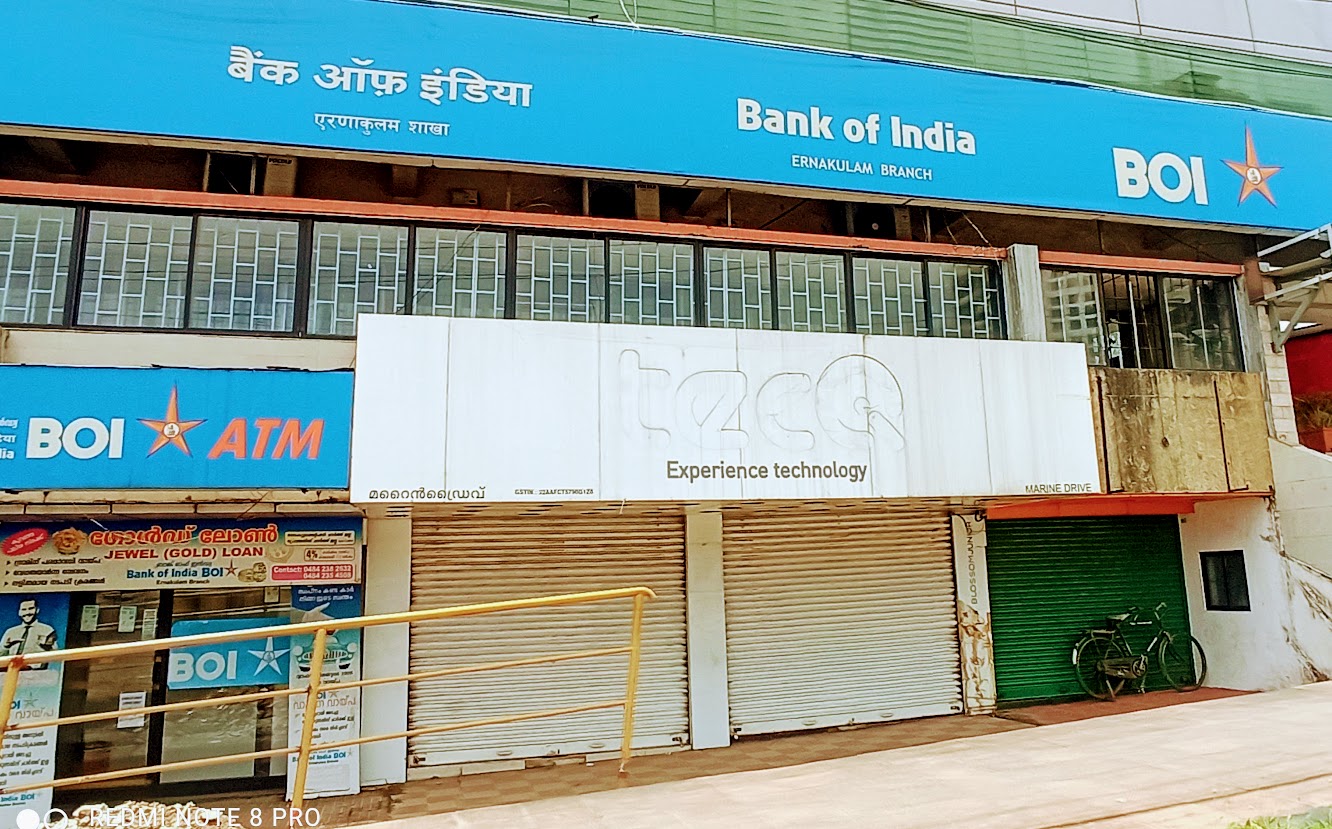
The liquidity buffers in the banking system has remained in large surplus insulating the stress that may have crept into the balance sheets of banks, the Reserve Bank of India (RBI) has said.
The RBI has warned banks against any selection bias while sanctioning loans to keep their balance sheets intact.
“Regulatory forbearance and liquidity buffers have cushioned the balance sheets of banks. The true strength can be gauged only once these measures have run its course,” the RBI said in its latest Financial Stability Report (FSR).
RBI’s average daily net liquidity absorption through its repo window stood at Rs 4,96,154 crore during 2020-21 and Rs 5,09,098 crore during 2021-22 so far (up to June 28). It amounted to nearly 3.2% of SCBs’ (scheduled commercial banks) net demand and time liabilities (NDTL) during the latest reporting fortnight (June 4, 2021) according to the FSR.
“The banking system’s pre-pandemic capital and liquidity buffers have imparted resilience, with some of them accessing the market for fresh capital, and public sector banks having been allocated budgetary recapitalisation. Under this protective cover, banks have improved their financial performance and profitability. The true state of their balance sheets will be revealed once the effects of regulatory forbearances have fully played out,” the report said.
Cautioning banks, the RBI said that “the banking sector will be required to specifically guard against adverse selection bias while being alive to the credit demand from productive and viable sectors.”
In the most optimistic scenario, the impact of the second wave of coronavirus should be contained within the first quarter of the year while frictional inflation pressures work their way out over the first half of the year. Financial intermediaries need to internalise these expectations into their outlook while staying on guard against potential balance sheet stress with sufficient capital and liquidity buffers and appropriate governance structures.
"There is a lot of uncertainty around Covid so we cannot have any definite prescription while lending. There will be a lot of caution exercised to prevent the bad loan mess. Corporate loans are few and retail loans can get impaired depending on the borrowers' ability to retain their jobs. SMA 1 increasing may not lead to rise in NPAs (non-performing assets). The special mention accounts classification is only to help banks in stricter monitoring," said a banker with a private sector bank who did not want to be quoted.
The return on assets (RoA) of SCBs and return on equity (RoE) maintained a positive uptrend through 2020- 21 and their capital to risk-weighted assets ratio (CRAR) improved by 130 bps year-on-year to reach 16% in March 2021. The gross NPAs and net NPA ratios remained stable during the second half of 2020-21, amounting to 7.5 % and 2.4 % respectively in March 2021. On the other hand, special mention account (SMA) ratios deteriorated especially in the segment with overdues of 30 to 60 days, with the principal or the interest unpaid.
Despite the adverse impact of the Covid-19 pandemic, India received strong interest from foreign portfolio investors on the back of stable financial market conditions, favorable economic prospects and easy liquidity conditions in the global financial markets. Powered by record receipts in the equity segment, net Foreign Portfolio Investment (FPI) inflow during 2020-21 stood at $36.2 billion as against a net outflow of $3 billion in the previous year.
